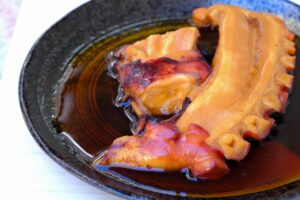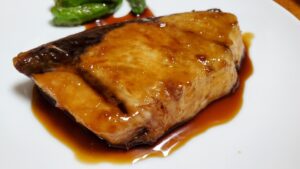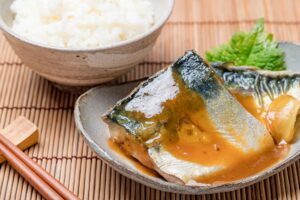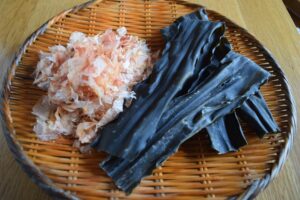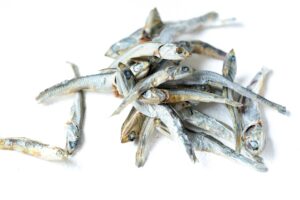A concise introduction to the entire article: Sake, Japan’s traditional rice wine, is a beverage rich in culture, flavor, and history. Whether you’re new to sake or a seasoned enthusiast, understanding the types of sake, how it’s brewed, and the best food pairings will deepen your appreciation of this fascinating drink. This guide will walk you through everything you need to know about sake, including tips for selecting the perfect bottle and enjoying it with your favorite dishes.
What is Sake? An Introduction to Japan’s National Drink
Sake, often referred to as Nihonshu in Japan, is a traditional Japanese alcoholic beverage made primarily from rice. Unlike wine or beer, sake is brewed through a unique fermentation process involving rice, water, yeast, and koji mold. Its origins date back over 2,000 years, making it an integral part of Japanese culture and rituals. Sake differs from other beverages due to its production process, which uses a dual fermentation method that breaks down starches into sugar before converting them into alcohol. This gives sake its distinct flavor profile, ranging from sweet to dry and everything in between.
The History and Cultural Significance of Sake
Sake’s role in Japanese history is deeply intertwined with religious and ceremonial practices. Originally brewed by Shinto priests as offerings to the gods, it quickly became a drink enjoyed by the general populace. Sake is present at nearly every major celebration in Japan, from weddings to festivals, and is often used in religious ceremonies such as Kagami Biraki, where barrels of sake are opened in celebration of good fortune. Over the centuries, sake has evolved from a sacred beverage into an internationally recognized symbol of Japanese culture.
Types of Sake: From Junmai to Daiginjo
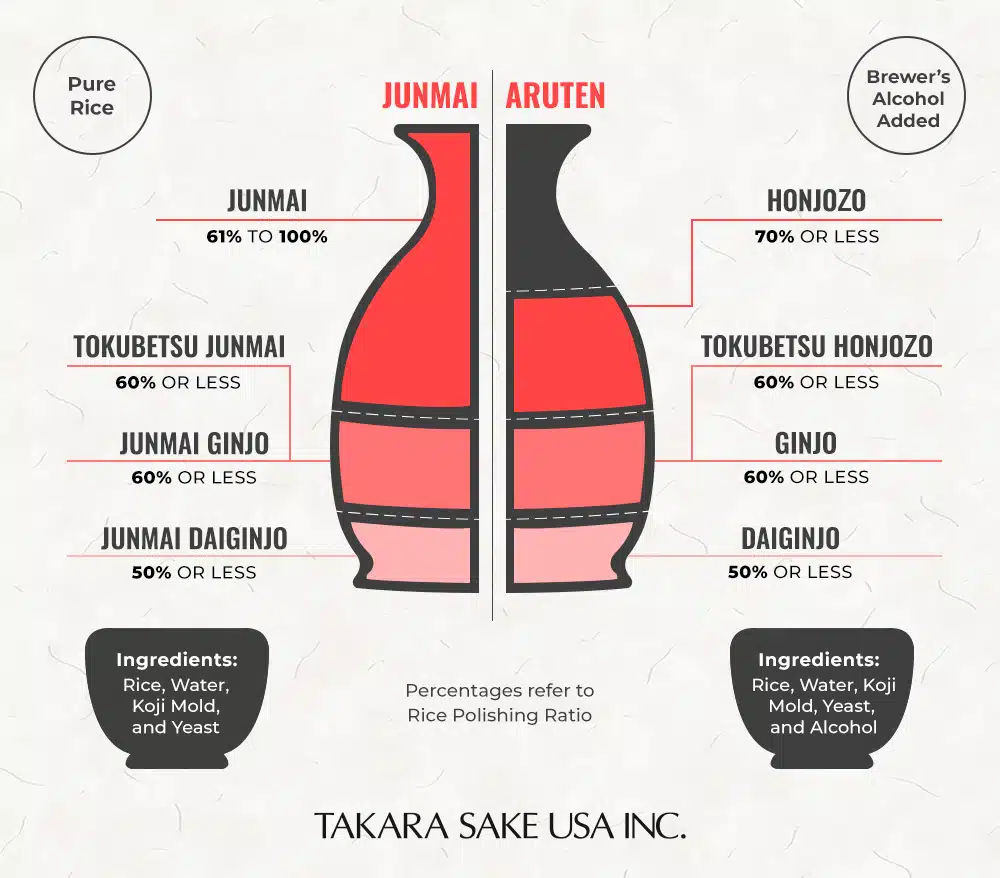
Sake comes in a variety of types, each with unique characteristics based on the rice polishing ratio and production methods. The most common types are:
- Junmai: This is a pure rice sake with no added alcohol, known for its rich, robust flavor. The rice polishing ratio for Junmai is often around 70%, but the key feature is the absence of any distilled alcohol in the brewing process, making it more full-bodied.
- Honjozo: Honjozo is made with rice polished to at least 70%, and a small amount of distilled alcohol is added during the brewing process. This addition lightens the flavor and enhances the aroma, making Honjozo smooth and easy to drink. It’s often enjoyed warm or at room temperature and is known for its mild, balanced taste.
- Ginjo: Ginjo sake is made with rice polished to at least 60%. It is light, aromatic, and often fruity or floral in flavor. This sake is best enjoyed chilled to preserve its delicate aromas and refined taste.
- Daiginjo: Considered the highest grade of sake, Daiginjo is made with rice polished to 50% or less. This sake is highly refined, offering complex, subtle flavors with a smooth texture. It’s typically fruity and floral, with a light, clean finish.
- Nigori: Nigori is a cloudy sake due to its partial filtration, leaving some rice sediment in the drink. It is often sweeter and creamier, with a unique texture that makes it stand out from the more refined, clear sakes.
Sake Grades and Quality Levels
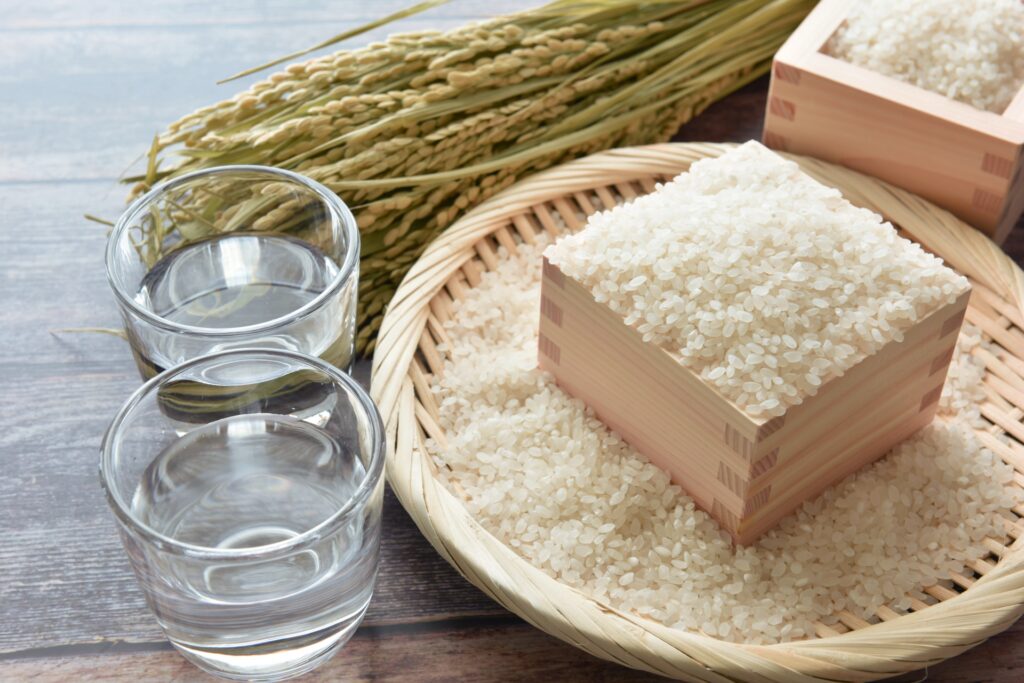
Sake’s quality is heavily influenced by the rice polishing ratio, known as seimai buai. The lower the polishing ratio, the higher the quality. For example, Daiginjo sake is made from rice polished to at least 50%, while Ginjo sake is polished to 60%. This process removes impurities, resulting in a cleaner and more refined taste.
Specialty and Regional Sake Varieties
Different regions of Japan produce unique sake varieties due to local climate, water quality, and rice types. For instance, Niigata Prefecture is known for producing light and crisp sake, while regions like Fukuoka are famous for their rich, full-bodied sake. Each region’s distinct brewing techniques and local ingredients create a wide spectrum of flavors.
The Sake Brewing Process: How Is Sake Made?
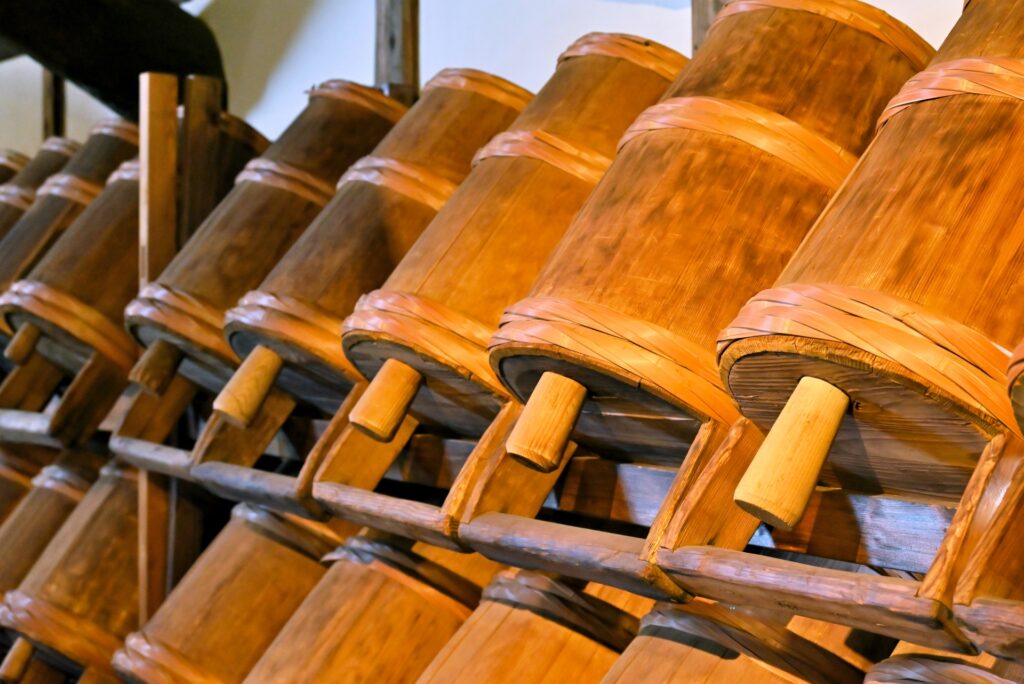
Sake production begins with rice polishing, where the outer layers of the rice grain are removed. The polished rice is then steamed and combined with koji mold, which helps break down the rice starches into fermentable sugars. Yeast is added to start the fermentation process, and the mixture is left to ferment for several weeks. After fermentation, the sake is pressed, filtered, and often pasteurized before being aged and bottled.
The Role of Koji Mold in Sake Production
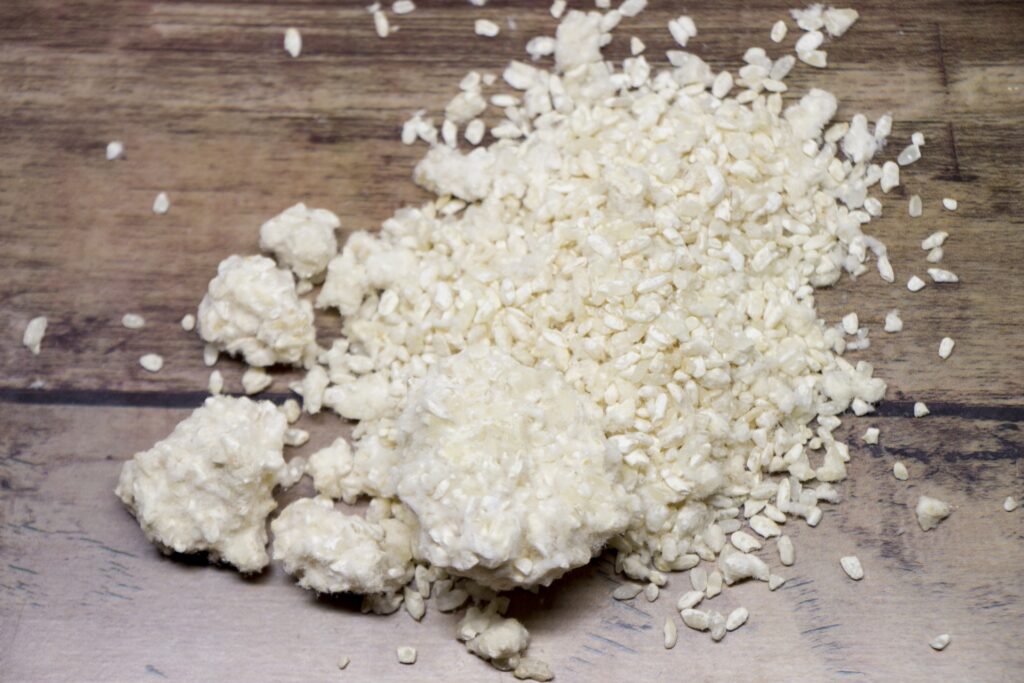
Koji mold is a crucial element in sake production, as it aids in the saccharification process—converting rice starch into sugars, which yeast then ferments into alcohol. This distinguishes sake from other alcoholic beverages like beer, where barley malt is used instead.
How Climate and Water Impact Sake Brewing
The quality of water and climate play a vital role in sake production. Soft water produces a smoother sake, while hard water gives it a more robust flavor. Japan’s diverse climate also impacts rice growth, influencing the sake’s final flavor.
Sake and Food Pairings: Enhancing Your Culinary Experience
Pairing sake with food can elevate both the drink and the meal. While sake is commonly enjoyed with traditional Japanese dishes like sushi and tempura, it also complements various international cuisines. The umami-rich flavors in sake pair well with dishes that have deep, savory notes, like grilled meats or rich vegetarian dishes.
Traditional Japanese Food Pairings with Sake
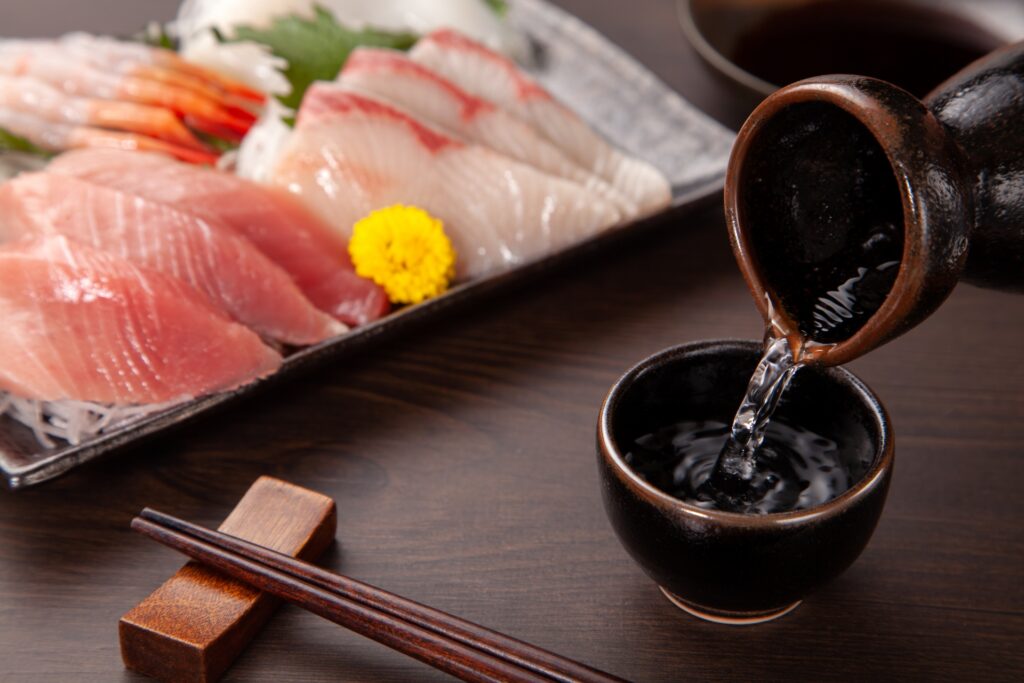
Classic Japanese dishes like sashimi, tempura, and yakitori pair excellently with different types of sake. For instance, a light Ginjo sake pairs well with delicate sushi, while a rich Junmai complements grilled meats.
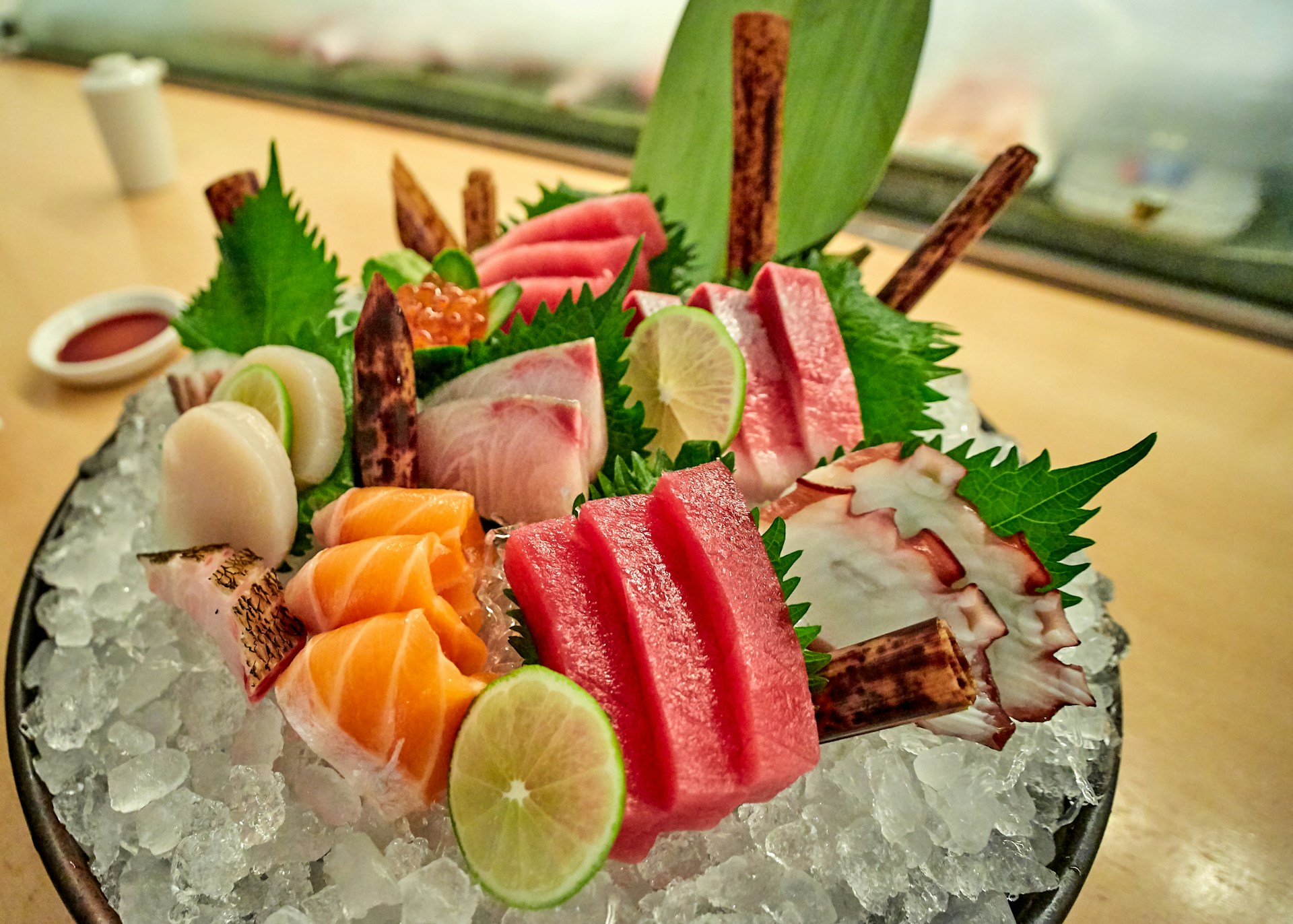
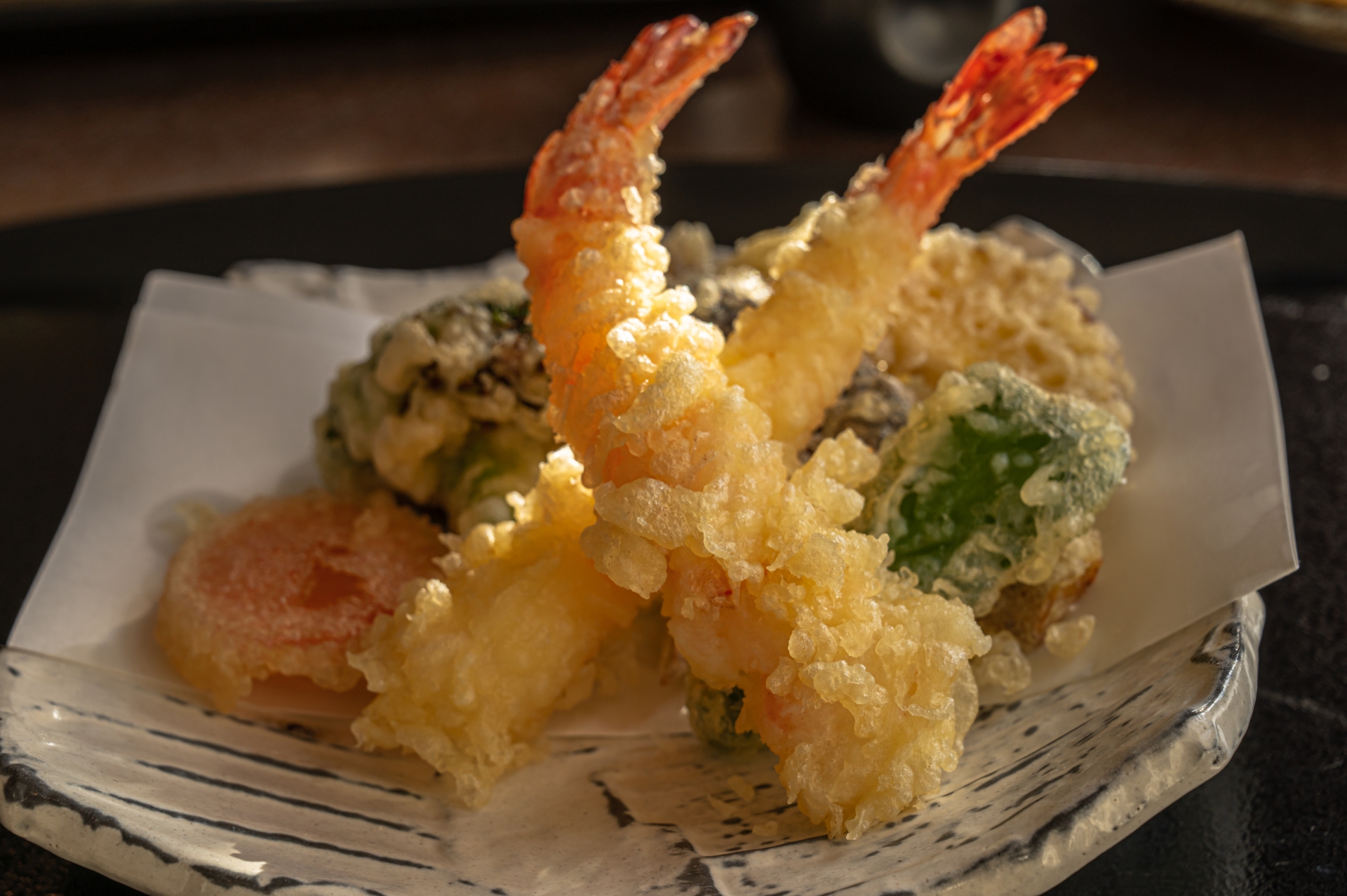
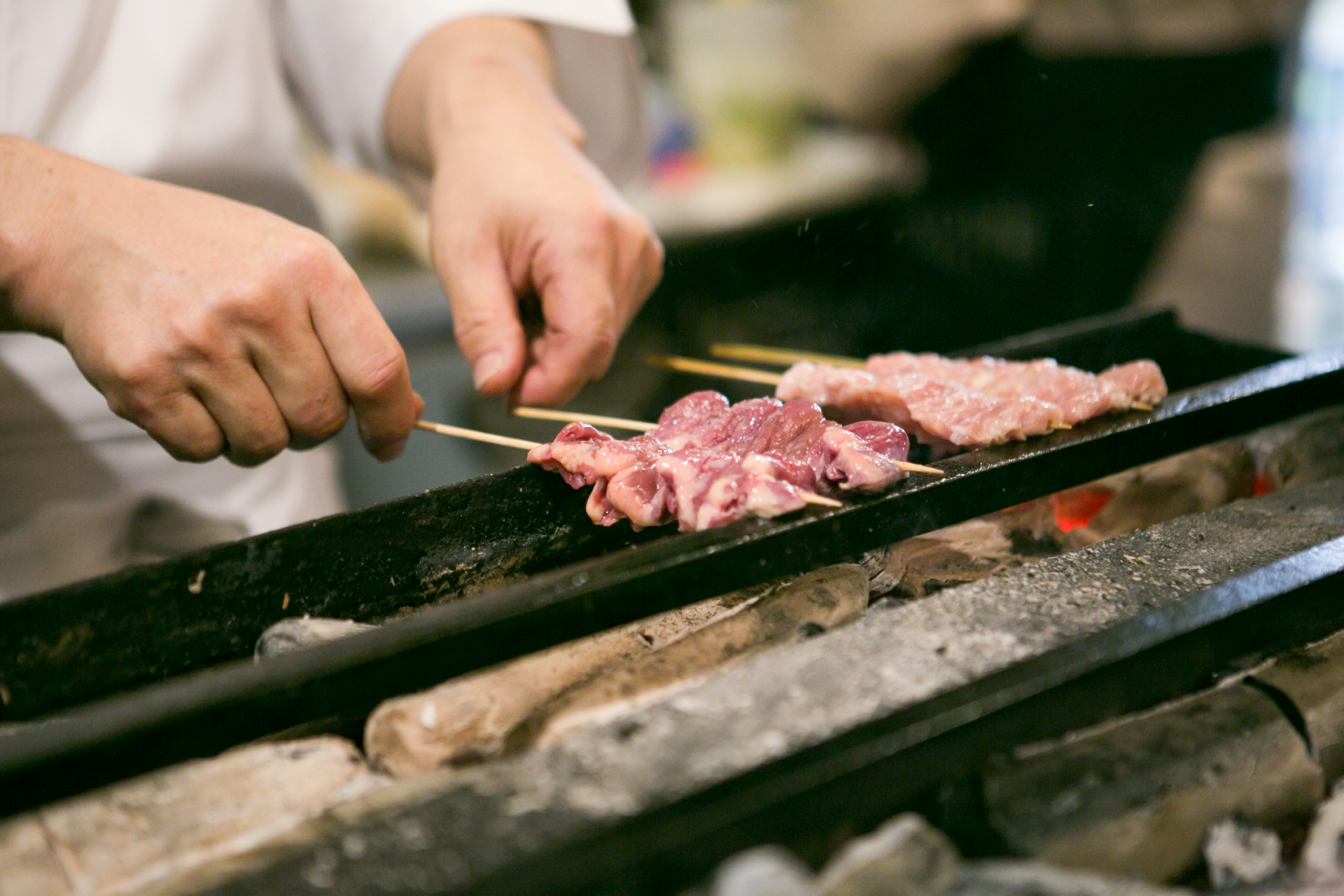
Modern Fusion Pairings with Sake
Sake’s versatility allows it to complement modern fusion dishes. It pairs well with Western cuisines, such as grilled seafood, creamy pastas, or even cheese boards. The subtle flavors of sake can enhance the dish without overpowering it.
How to Serve and Drink Sake
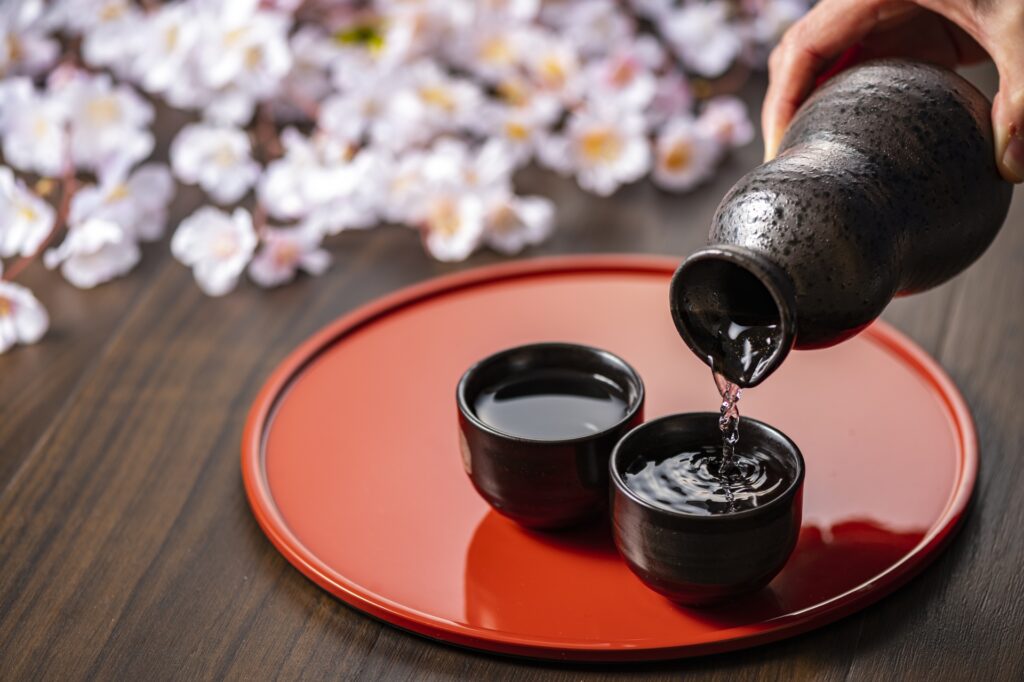
Sake can be enjoyed both hot and cold, depending on the type and personal preference. Traditionally, sake is served in small cups known as ochoko or larger flasks called tokkuri. The temperature at which sake is served can greatly affect its flavor; for example, hot sake enhances the richness of Junmai, while cold Daiginjo brings out its delicate aroma.
Hot vs Cold Sake: When and How to Serve Each

Certain types of sake are best served at specific temperatures. Warm sake is usually reserved for lower-quality or more robust types like Junmai, while premium varieties like Daiginjo are best enjoyed chilled to preserve their delicate flavors.
Sake Drinking Etiquette
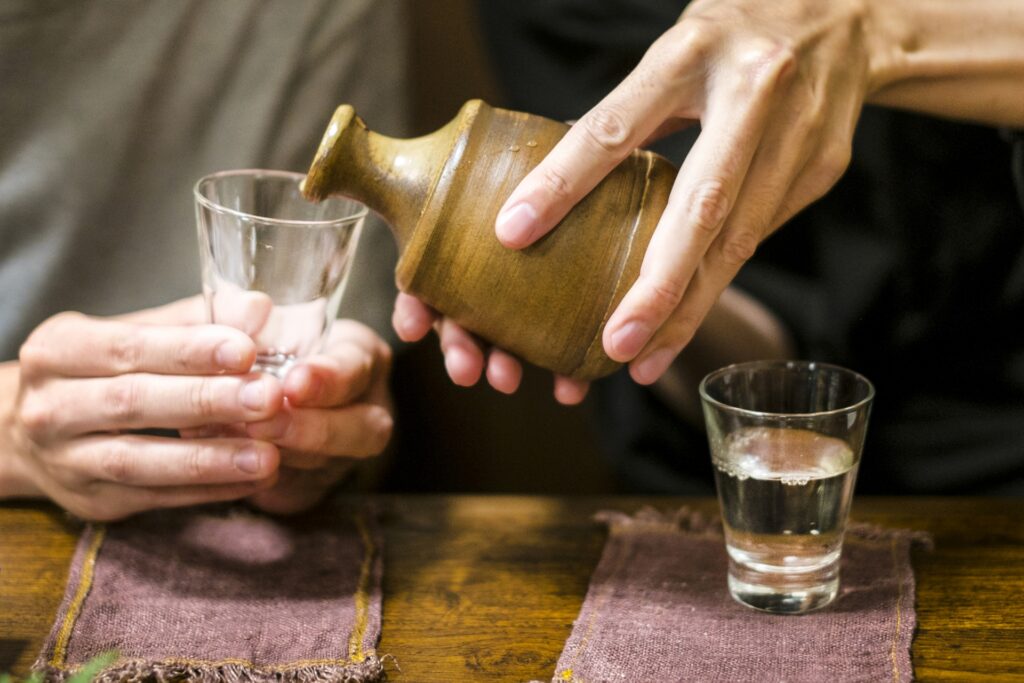
When drinking sake in Japan, it’s customary to pour for others rather than yourself, a gesture of respect and camaraderie. It’s also polite to use both hands when receiving a drink from someone, especially in formal settings.
Selecting and Storing Sake: Tips for Beginners
When selecting sake, consider your taste preferences—whether you prefer a sweeter, fuller-bodied drink or something lighter and more refined. For storage, unopened sake should be kept in a cool, dark place, while opened bottles should be refrigerated and consumed within a few days to maintain freshness.
How to Choose the Right Sake for Any Occasion

Choosing the right sake depends on the occasion. For casual dinners, a smooth Junmai works well, while special events may call for a premium Daiginjo.
Best Practices for Storing Sake at Home
Sake is best stored in cool, dark conditions. Opened sake should be consumed within a few days, as exposure to air can degrade its flavors.
Sake Culture and Traditions: A Window into Japanese Life
Sake plays a significant role in Japanese culture, from religious ceremonies to everyday celebrations. Sake festivals, like the Sake no Jin in Niigata, offer a glimpse into the world of Japanese sake and its enduring cultural importance.
Sake Ceremonies and Rituals

Sake is integral to many Shinto and Buddhist ceremonies, including weddings and blessings. One famous ceremony, Kagami Biraki, involves breaking open a sake barrel to signify good fortune.
Celebrating Sake at Festivals in Japan
Sake festivals, held throughout Japan, celebrate both the traditional and modern aspects of sake. These festivals offer tastings and a chance to experience local varieties.






